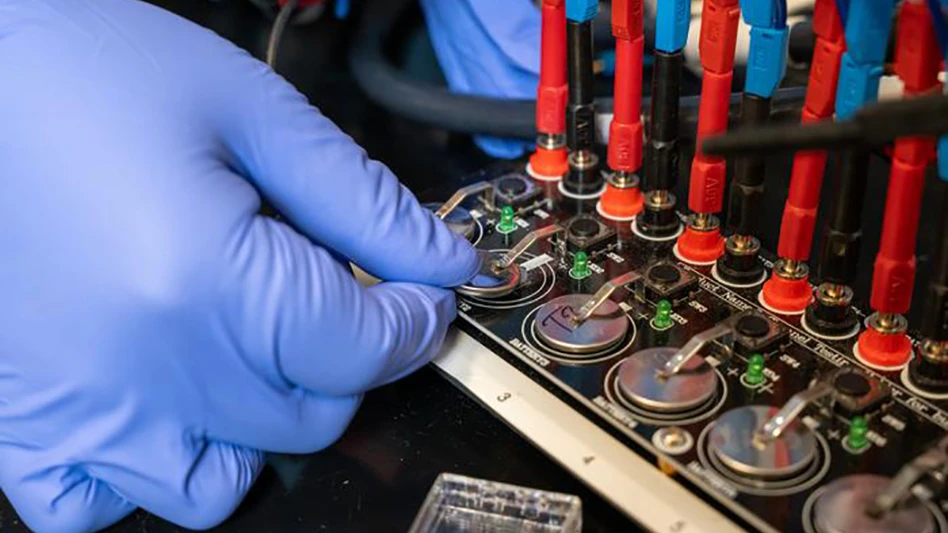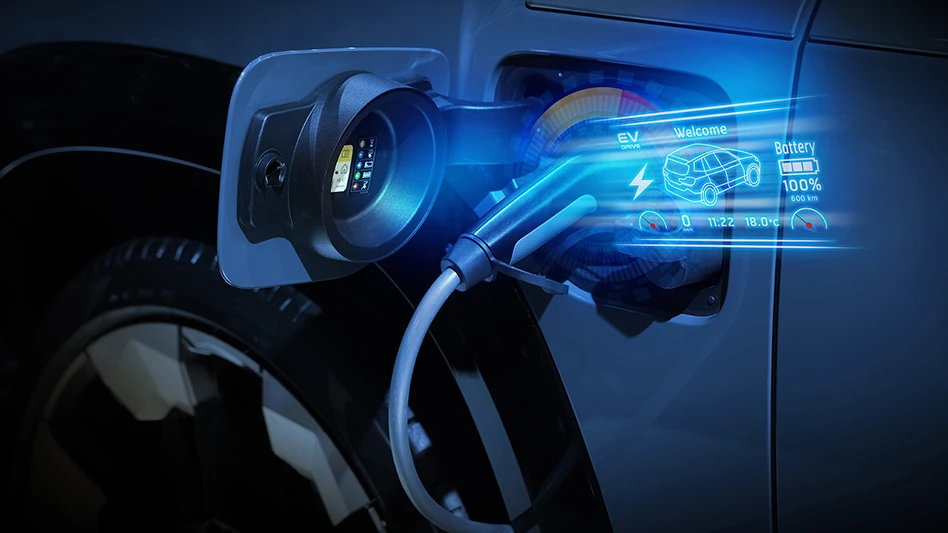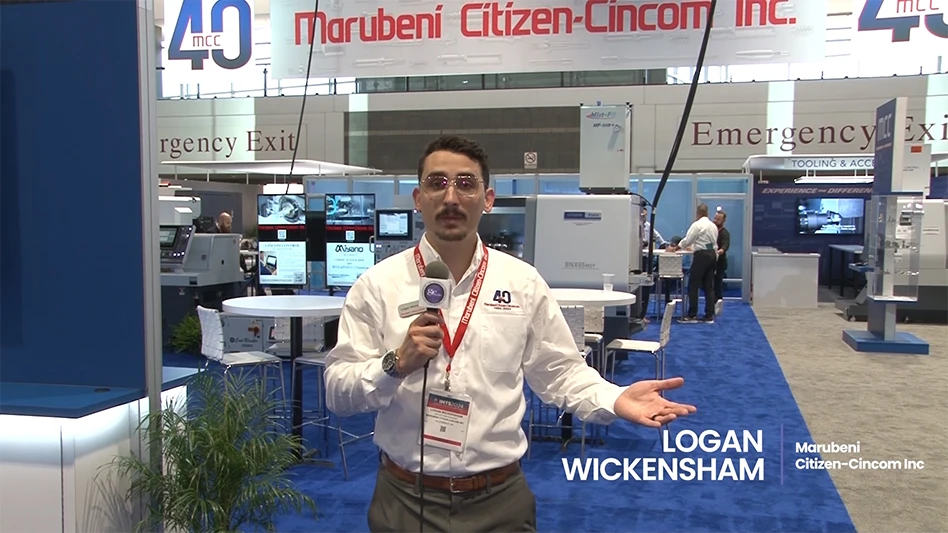
CREDIT: JESSE PETERSON/CU BOULDER
Batteries lose capacity over time, which is why older cellphones run out of power more quickly. This common phenomenon, however, is not completely understood.
Now, an international team of researchers, led by an engineer at the University of Colorado Boulder, has revealed the underlying mechanism behind such battery degradation. Their discovery could help scientists to develop better batteries, which would allow electric vehicles to run farther and last longer, while also advancing energy storage technologies that would accelerate the transition to clean energy.
The findings were published September 12 in the journal Science.
“We are helping to advance lithium-ion batteries by figuring out the molecular level processes involved in their degradation,” says Michael Toney, the paper’s corresponding author and a professor in the Department of Chemical and Biological Engineering. “Having a better battery is very important in shifting our energy infrastructure away from fossil fuels to more renewable energy sources.”
Engineers have been working for years on designing lithium-ion batteries—the most common type of rechargeable batteries—without cobalt. Cobalt is an expensive rare mineral, and its mining process has been linked to grave environmental and human rights concerns. In the Democratic Republic of Congo, which supplies more than half of the world’s cobalt, many miners are children.
So far, scientists have tried to use other elements such as nickel and magnesium to replace cobalt in lithium-ion batteries. But these batteries have even higher rates of self-discharge, which is when the battery’s internal chemical reactions reduce stored energy and degrade its capacity over time. Because of self-discharge, most EV batteries have a lifespan of seven to 10 years before they need to be replaced.
Toney, who is also a fellow of the Renewable and Sustainable Energy Institute, and his team set out to investigate the cause of self-discharge. In a typical lithium-ion battery, lithium ions, which carry charges, move from one side of the battery, called the anode, to the other side, called the cathode, through a medium called an electrolyte. During this process, the flow of these charged ions forms an electric current that powers electronic devices. Charging the battery reverses the flow of the charged ions and returns them to the anode.
Previously, scientists thought batteries self-discharge because not all lithium ions return to the anode when charging, reducing the number of charged ions available to form the current and provide power.
Using the Advanced Photon Source, a powerful X-ray machine, at the U.S. Department of Energy’s Argonne National Laboratory in Illinois, the research team discovered that hydrogen molecules from the battery’s electrolyte would move to cathode and take the spots that lithium ions normally bind to. As a result, lithium ions have fewer places to bind to on the cathode, weakening the electric current and decreasing the battery’s capacity.
Transportation is the single largest source of greenhouse gases generated in the U.S, accounting for 28% of the country’s emissions in 2021. In an effort to reduce emissions, many automakers have committed to moving away from developing gasoline cars to produce more EVs instead. But EV manufacturers face a host of challenges, including limited driving range, higher production costs, and shorter battery lifespan than conventional vehicles. In the U.S. market, a typical all-electric car can run about 250 miles in a single charge, about 60% that of a gasoline car. The new study has the potential to address all of these issues, Toney says.
“All consumers want cars with a large driving range. Some of these low cobalt-containing batteries can potentially provide a higher driving range, but we also need to make sure they don’t fall apart in a short period of time,” he says, noting that reducing cobalt can also reduce costs and address human rights and energy justice concerns.
With a better understanding of the self-discharge mechanism, engineers can explore a few ways to prevent the process, such as coating the cathode with a special material to block hydrogen molecules or using a different electrolyte.
“Now that we understand what is causing batteries to degrade, we can inform the battery chemistry community on what needs to be improved when designing in batteries,” Toney says.
Latest from EV Design & Manufacturing
- Honda unveils demonstration production line for solid-state batteries
- Navigating today’s supply chain
- Multi-energy platform for trucks and SUVs designed for versatile production
- Solution offered for easy EV charger mounting in commercial spaces
- Bridging the Skills Gap: A Solution for Today’s Labor Shortage
- Fast tracking the development of custom rupture disk prototypes
- EMUGE-FRANKEN expands precision thread gage line
- IMTS 2024 Booth Tour: Fagor Automation Corp.





